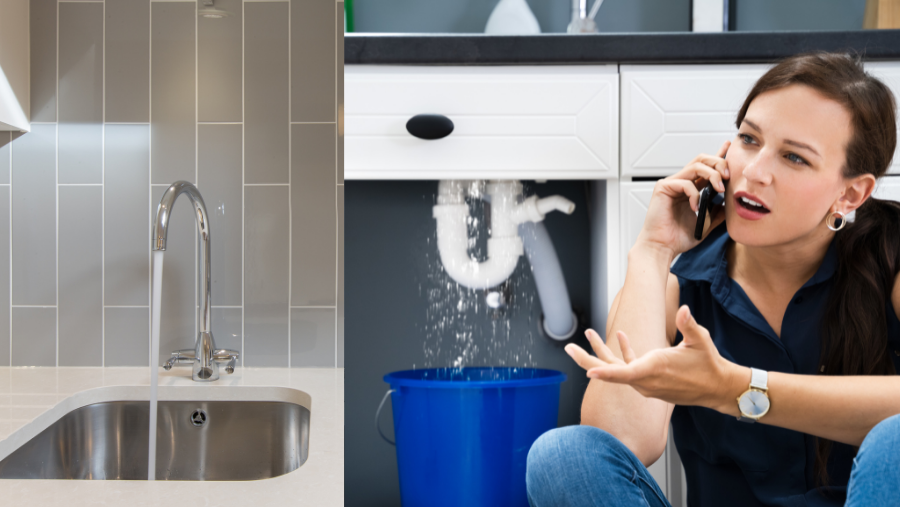Listed here down the page you will discover a good deal of high-quality ideas when it comes to How to Fix a Water Damage Bathroom.

The bathroom is very vulnerable for moist build-up and also potential water damages as a result of the frequent use of water in it. This post offers easy assessment methods to aid spotting water damage dangers.
The constant use water in the bathroom makes it incredibly at risk for damp buildup and also potential water damage. By checking it on a regular basis, you can lower water related damages.
The complying with collection of assessments is very easy to perform and ought to be done when in every 3 months in order to maintain your washroom healthy and also to prevent potential water damages triggered by the tub, the shower, pipe joints as well as plumbing, sinks, cupboards, and also the commode
Do not forget executing these inspections and be comprehensive while performing them. Keep in mind that these easy inspections can save you a lot of money by providing early indications for water damage
Sinks and Cabinets
Sinks and also cupboards are subjected to wetness as well as humidity daily and also are usually ignored. Check on a regular basis under the sink as well as on the counter top above it. Repair any drip in the trap as it might recommend drainpipe issues. Take a look around the sink, slow draining pipelines might suggest a blocked drain. Replace sink seals if they are fractured or loosened.
Bath tub as well as Shower
The shower as well as bathtub call for unique interest as well as maintenance. Examine the floor tiles as well as replace if cracked. See to it that there is no missing out on cement between the tiles. Evaluate as well as replace cracked caulking at joints where the wall surfaces meet the floor or the bath tub. Obstructed drains pipes as well as pipes troubles will certainly avoid the bathtub from drying as well as may indicate severe problems under the bathtub. Talk to a professional right away to prevent structural damage. Focus on stainings or soft locations around the bath tub wall surfaces as they may indicate an internal leak.
Plumbing
Signs for water damages are difficult to spot given that most pipelines are mounted inside the wall surfaces.
Pay special interest to flooring as well as wall surfaces wetness as well as discolorations as they might show an unnoticeable plumbing issue. Inspect moisture levels in adjacent areas as well.
The Bathroom
The toilet is a vulnerable water joint. Inspect the water lines and also look for leakages around the toilet seat, in the tube, and under the water storage tank. If you detect any type of signs of wetness on the floor around the bathroom, check for leaks in the toilet edge and also storage tank seals.
Know that hanging toilet bowl antiperspirants boosts the chances for blockages.
Water Damage Signs In The Bathroom To Avoid Cleanup
Musty smell
This is one of the easiest signs to catch because musty smells are so odorous. The damp, earthy, moldy smell should be a big red flag. The smell will develop when moisture gets trapped in surfaces, and begins to facilitate mold growth. Leaking pipes under cabinets, inside walls, and behind shower fixtures will cause moisture to stay trapped and not dry, which will lead to mold growth and spread. As soon as you notice any musty smells in your bathroom, have it checked for hidden water damage and cleanup signs.
Visible mold
If the smell isn’t there to give it away, sometimes you will actually see mold growth. Finding mold in your bathroom is a serious problem, because mold is very harmful to your health. By the time mold growth is visible, it also means that water damage has already occurred and been present for some time. The only way the mold problem can be resolved is to find the source of the moisture and get it stopped. To safely and adequately remove mold, you need to have professionals handle the remediation. Do not waste any time in getting mold problems addressed, fixed, and sanitized so that you can protect you and your family from the many respiratory symptoms caused by mold exposure.
Damaged floors
Bathroom floors should be able to withstand some exposure to water while still remaining in good condition. However, when excess exposure or water leaks occur, they will begin to damage even the most water-resistant flooring. If you notice any cracking, bubbling, staining, or warping on your bathroom floors, there is probably a water leak somewhere causing the distortion. If you notice areas of the floor have become softer, or even have a spongy feeling, there is probably damage to the subfloor. Subflooring is typically made up of plywood. When plywood is exposed to water or moisture, it will absorb it. Once it has become saturated, the weight of the excess water will cause the wood to swell and soften. Check the floors in your bathroom frequently to catch any of these sings before they lead to damaged subflooring.
Changes on walls
When water leaks behind walls, it will cause changes in the drywall. Peeling plaster, blistering paint, and soggy wallpaper are all good indicators that excess water is building up behind the wall. Water leaking behind drywall will cause it to swell and be soft to the tough. If you start to notice gaps along the trim of your walls, or where tile meets the wall, it could also be a strong indicator that there is a leak behind the wall. Any changes, distortion, or damage on the walls should be evaluated as soon as you notice it to prevent further water damage and cleanup.

As an avid person who reads about How to Fix a Water Damage Bathroom, I imagined sharing that excerpt was essential. Sharing is good. Helping others is fun. Thanks a lot for going through it.
Book Now!